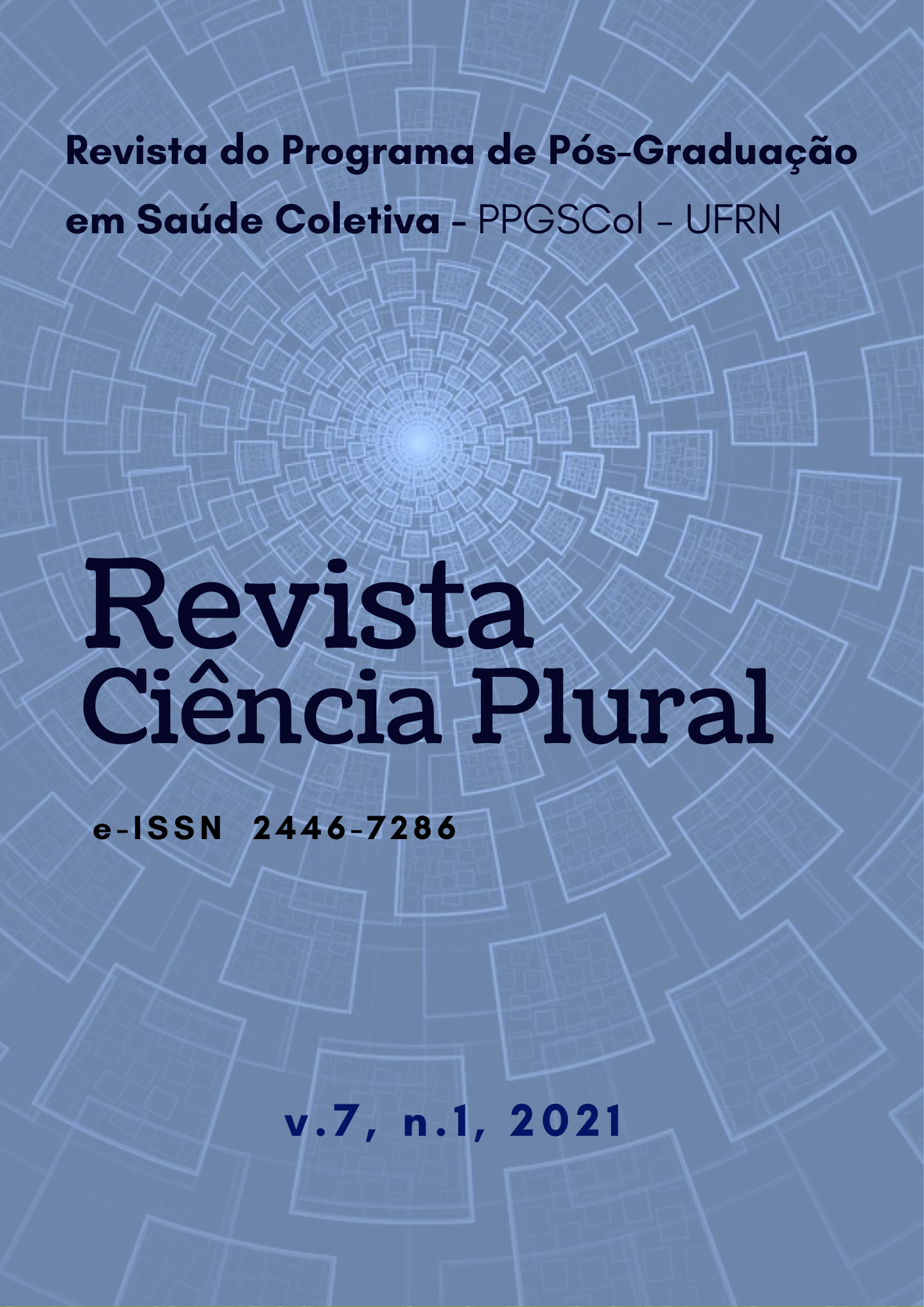EVALUATION OF THE OPENING AMPLITUDE IN PATIENTS WITH TMD AFTER TREATMENT WITH MANUAL THERAPY
DOI:
https://doi.org/10.21680/2446-7286.2021v7n1ID21532Abstract
Introduction: Temporomandibular disorder (TMD), a disorder that affects bone, muscle and joint structures in the orofacial region has been increasingly recurrent. This disorder causes pain, movement limitation and changes in the quality of life of patients affected by the disease. Control measures and treatment of the disease of increasing prevalence are necessary. Objective: To evaluate the range of mouth opening in patients undergoing treatment with physiotherapy after 1 and 3 months of treatment. Methodology: It was the amplitude of mouth opening in 25 patients submitted to treatment with physiotherapy (F; N = 25). All patients were diagnosed with TMD according to axis 1 of the RDC / TMD (Research Diagnostic Criteria for Temporomandibular Disorders). The collected data were evaluated using the SPSS program and the Wilcoxon test was performed, with a 95% confidence level. Results: For patients who presented impairment of the maximum opening amplitude without assistance, physiotherapy enabled a significant improvement in amplitude gain in the initial time and after one month of therapy (P = 0.002), maintaining the amplitude until the third month, without showing any significant gain. Conclusions: For the variable mouth opening amplitude, physiotherapy is shown to be a good treatment alternative, achieving satisfactory results for gaining amplitude and improving the patient's symptomatic condition.
Keywords: Temporomandibular Joint Dysfunction Syndrome; Temporomandibular joint; Physical Therapy Specialty; Range of Motion Articular.
Downloads
Downloads
Published
How to Cite
Issue
Section
License
À Revista Ciência Plural ficam reservados os direitos autorais referente a todos os artigos publicados.

 Português (Brasil)
Português (Brasil) English
English Español (España)
Español (España)













